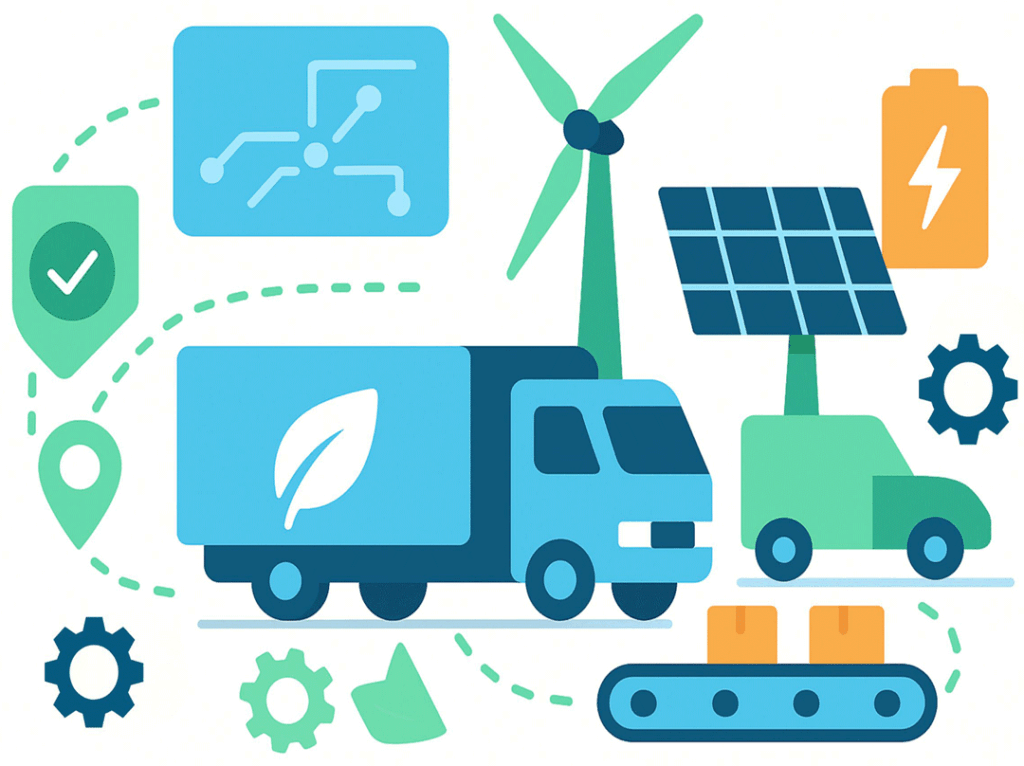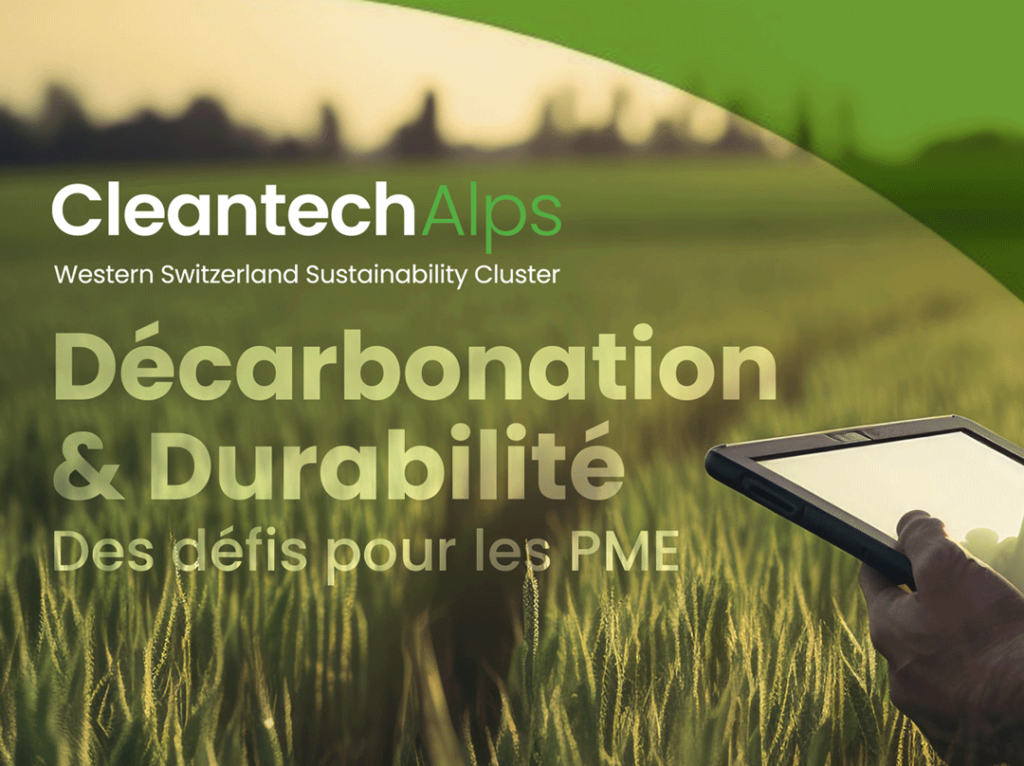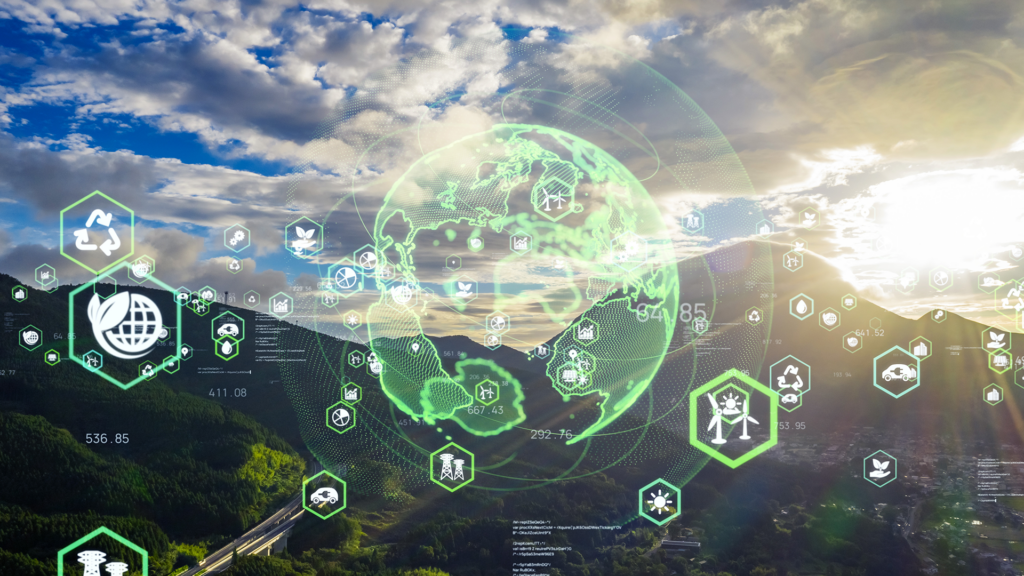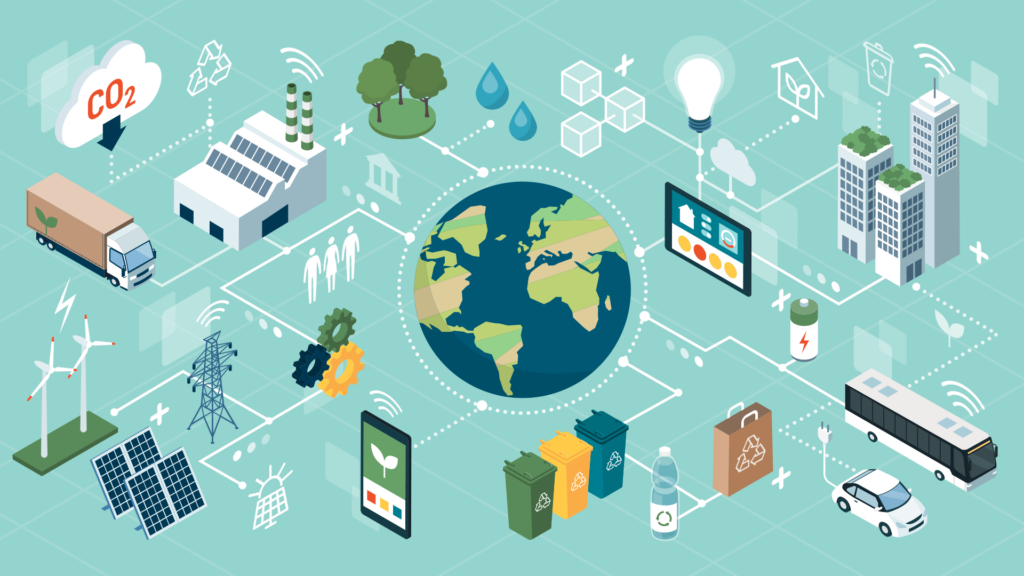Report on Responsible Digital Day
To mark the publication of the first report on the state of responsible digital business in Switzerland by the scientific committee of theSwiss Institute for Responsible Digital Business, the Swiss Triple Impact program, Alp ICT and IT Valley have joined forces to co-organize this event.
Link to program (PDF)
See photos.
5 key points to take away from the discussions :
- The impact of digital today = 4% of greenhouse gases. In 2025, without a sobriety plan, it will be 8%: taking action in responsible digital is therefore no longer an option;
- Digital technology's environmental footprint covers manufacturing, use, network infrastructure and end-of-life;
- There are four aspects to digital responsibility: Green IT, IT for Green, Human IT and IT for Human;
- The 3Rs must guide the responsible digital brand: reduce, reuse, recycle;
- The first step to digital responsibility is to measure its impact. Many tools exist to do this!
Workshop feedback
1) Digital responsibility as a lever for sustainability. What are we talking about? Fréderic Daenzer (Head of the INR-CH expert committee and co-founder of INR-CH) and Florian Revaz (President and co-founder of INR-CH)
At this workshop, the Swiss Responsible Digital Institute and a number of companies active in the responsible digital sector shared concrete tools for understanding the environmental footprint of our digital activities and implementing a responsible digital strategy.
- WeNR to calculate the footprint of its IT system, an open-access tool that should enable any organization to understand where its impacts lie and measure its level of Responsible Digital Maturity, based on the People-Planet-Prosperity triptych.
- The Resilio Tech platform to measure your environmental impact, raise your teams' awareness, draw up a roadmap and monitor your strategy.
- Ecodesign is an approach that takes environmental criteria into account in the design and development of a product. Taking the example of a website, Antistatique has demonstrated that beyond reducing the footprint, eco-design offers numerous advantages: optimized referencing, limitation of technical superfluity, efficiency and design.
INR-CH also offers: a NR calculator, a NR toolbox, a guide to good NR practices, a guide to responsible design, a guide to NR purchasing, an awareness-raising MOOC, a charter and a label.
Beyond the tools, if we want to advance the message of responsible digital in Switzerland, it should be carried by both citizens and politicians.
2) How to use Open Source? Gerhard Andrey ( Liip co-founder and National Councillor)
How we work together as a society is central to sustainable development. The "open source" movement has been demonstrating for decades that incredible progress is possible through "competitive co-creation". This workshop enabled us to discover a way of collaborating that is both profitable for the company, and for the society with which the know-how is shared.
Open Source means, among other things, giving access to the source code of software. This implies three things: making software visible, making it accessible and giving the right to modify it.
This was the case in the early days of applications and software in the 1970s. Software companies then began to close source to protect operating models and create profitable business models. Richard Stallman then founded the free software movement, whose principles are: freedom to exploit, study, distribute and improve the program.
Open Source is also a way of working as a community. We make what we produce available to the whole community, and benefit from the fact that it is taken up by other developers, leading to the creation of momentum. It's co-creation around the same software.
Open Source communities :
- Linux: the operating system that has won the day, because most of the Web runs on Linux
- Wikipedia
- Arduino, which makes its hardware know-how fully available
- Various FabLabs to produce both software and hardware
- Tesla, which has opened up some of its know-how (Patent)
- The QR code for the Swiss Covid certificate
What does this mean for society? Cooperative competitiveness (coopetition) goes beyond a win-lose society: if you take, you must contribute. This model of cooperation is incredibly effective, and could be the answer to tomorrow's crises and problems.
Workshop participants were then asked to identify a business model that would make this cooperation possible within their organization.
3) 5 actions to kick-start a responsible digital strategy. Ivan Mariblanca Flinch (Founder & CEO, Canopé)
This workshop presented different approaches to implementing digital responsibility within our businesses. Governance, hardware purchasing, equipment lifecycle, choosing a green data center and more: best practices exist and are easily applicable.
Impact assessment tools (for websites, etc.) help us to understand what lies behind these figures. What are the best practices to implement in your company? How can we educate and inspire our staff? How can we reduce the number of products? How can we give up and do with less?
5 areas of implementation :
- At company management level
- Server pooling
- Web ecodesign
- Workstation: turn off your computer when you leave, reduce the number of screens, deploy BYOD (Bring Your Own Device).
- Purchasing equipment is the main source of our impact: repair, recycle, reallocate equipment in a circular model. If we buy, do so responsibly, giving priority to reconditioned and reused products.
Thanks to our speakers: INR-CH, Canopé, HUG, BCF, CISEL Informatique, Infomaniak, Liip.
Thanks also to our partners and sponsors: Banque Cantonale de Fribourg (BCF), CISEL Informatique, Marly Innovation Center (MIC).







